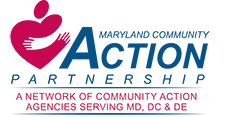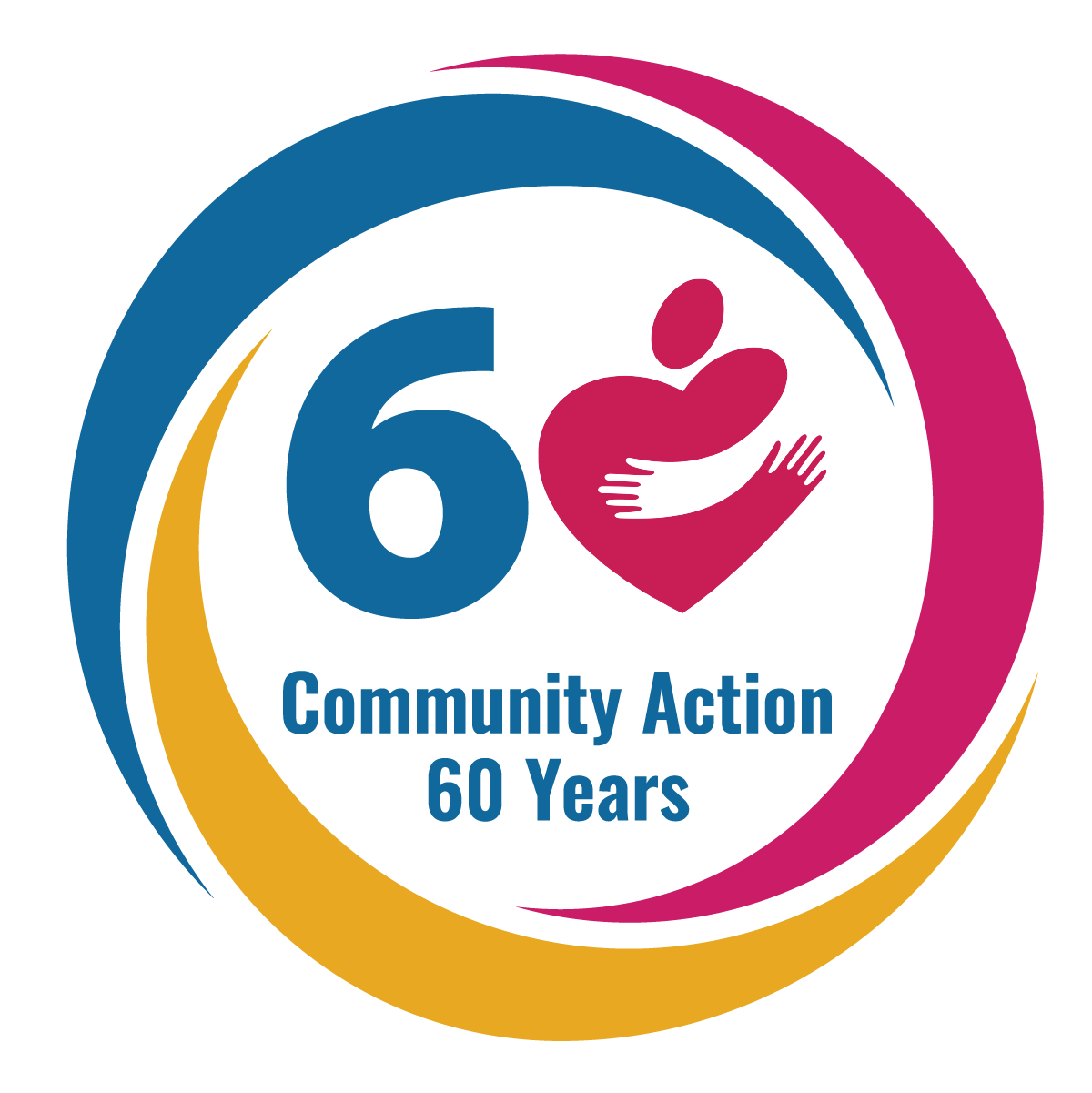Our local communities need and deserve excellent Community Action Agencies. MCAP provides training and resources to help CAA member agencies adopt proven standards and methodologies for successful outcomes. We continuously work to find subject matter experts to share the knowledge via training sessions and provide applicable tools to support our members. In this section, there are links and downloadable tools for best practices in Community Action.
Results Oriented Management & Accountability (ROMA) is a management approach to the business of providing social services. Its goal is to increase your agency’s capacity to serve as a catalyst for self-sufficiency in your community. ROMA is based on best practices developed for nonprofit institutions. The ROMA Alliance is made up professionals in Maryland, District of Columbia and Delaware. Together, the alliance members support community action agencies (CAAs) and improve the broader network’s ability to implement effecitve principles and practices in order to be results-orientated.
The Alliance will work toward their purpose in the following ways:
- Knowledge and Educate
- Adhere to ROMA Principles and Practices
- Embrace Advocacy
- Contribute to Agency Evaluations
- Continuous Processes
- Being Champions in the Network
Implementing ROMA at the Local Community Action Agency (CAA)
Increasing Internal Customer Satisfaction
ROMA National Peer to Peer (NPTP) Training Project
ROMA Implementation Toolkit (NCAP)
Two-generation approaches focus on creating opportunities for and addressing needs of both children and the adults in their lives together. The approach recognizes that families come in all different shapes and sizes and that families define themselves.
The idea behind the framework is that when opportunities for children and parents are approached jointly, the benefits may be greater than the sum of the separate parts.
Two-Generation Approaches to Addressing Poverty, A Toolkit for State Legislators
A community needs assessment identifies the strengths and resources available in the community to meet the needs of children, youth, and families. The assessment focuses on the capabilities of the community, including its citizens, agencies, and organizations. It provides a framework for developing and identifying services and solutions and building communities that support and nurture children and families.
The Community Services Block Grant (CSBG) Act requires “an assurance that the State will secure from each eligible entity in the State…a community action plan…that includes a community-needs assessment for the community served…”
In 2015, USHHS issued Information Memorandum No. 138 establishing Community Services Block Grant (CSBG) Organizational Standards, requiring CAAs to conduct a Community Needs Assessment and that they develop a Community Action Plan to address the needs identified in the needs assessment.
A Community Action Guide to Comprehensive Community Needs Assessments
Checklist for Monitoring Community Needs Assessments for State CSBG Offices
Community and Housing Assessment Tools (NCAP)
In 2015, USHHS issued Information Memorandum No. 138, establishing Community Services Block Grant (CSBG) Organizational Standards requiring CAAs to have the governing body or advisory body to approve a strategic plan every 5 years. At a minimum, CAAs must develop a strategic plan that meets the following requirements established by the Organizational Standards:
- To develop of a Community Action Plan and Strategic Plan document using the full ROMA cycle or comparable system (assessment, planning, implementation, achievement of results, and evaluation) and the services of a ROMA-certified trainer (or equivalent) to assist in implementation (Section 4.3).
- To have an agency-wide strategic plan in place approved by the governing board/advisory body within the past 5 years (Section 6.1).
- To develop a strategic plan that addresses reduction of poverty, revitalization of low-income communities, and/or empowerment of people with low incomes to become more self-sufficient (Section 6.2 ).
- To have a strategic plan that contains family, agency, and/or community goals (Section 6.3).
- To include customer satisfaction data and customer input collected through the Community Needs Assessment in the strategic planning process (Section 6.4).
- 6.5 To have the governing board/advisory body receive an update(s) on meeting the goals of the strategic plan/comparable planning document within the past 12 months.
- Organizations use strategic planning to provide a structured process to define success for an organization, determine the operational and programmatic steps to get there, and align resources and staff to achieve the goal within a given time frame.
Strategic Planning for Nonprofits (Management Library)
BoardSource Nonprofit Strategy and Planning
Strategic Planning in Nonprofits (Washington Planning Institute)
Peer-to-Peer Series: Strategic Planning and Performance Management (UPO)

